Revolutionizing access to medicines across the globe
The WHO model list of essential medicines has played a central role in mitigating the most damaging effects of HIV, and other diseases as well.
Today, the list serves as a tool to guide member countries' selection of medicines and policies against two major global crises: antibiotic resistance and the surge of cancers. When we face health and welfare calamities, the WHO model list can lead the way to strengthen human rights and health-based medicine policies.
90% of essential medicines | |||
on the WHO model list of essential medicines can be subjected to competition only 5-10% are patented agents |
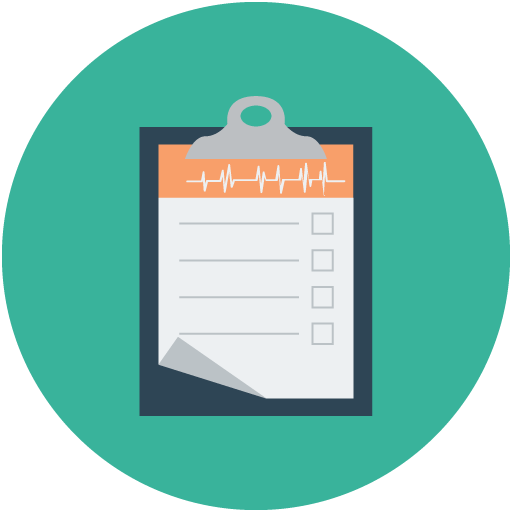
90% of essential medicines | |||
on the WHO model list of essential medicines can be subjected to competition only 5-10% are patented agents |
20 m people | US$ 1.96 b saved | |
| worldwide have access to antiretroviral treatment | in international procurement of HIV and hepatitis C medicines and supplied 50 m patient-years of treatment over last 8 years |

20 m people | US$ 1.96 b saved | |
| worldwide have access to antiretroviral treatment | in international procurement of HIV and hepatitis C medicines and supplied 50 m patient-years of treatment over last 8 years |
Most countries selecting WHO-recommended medicines for primary care and infectious diseases
More should select WHO-recommended specialty medicines, e.g. for cancer
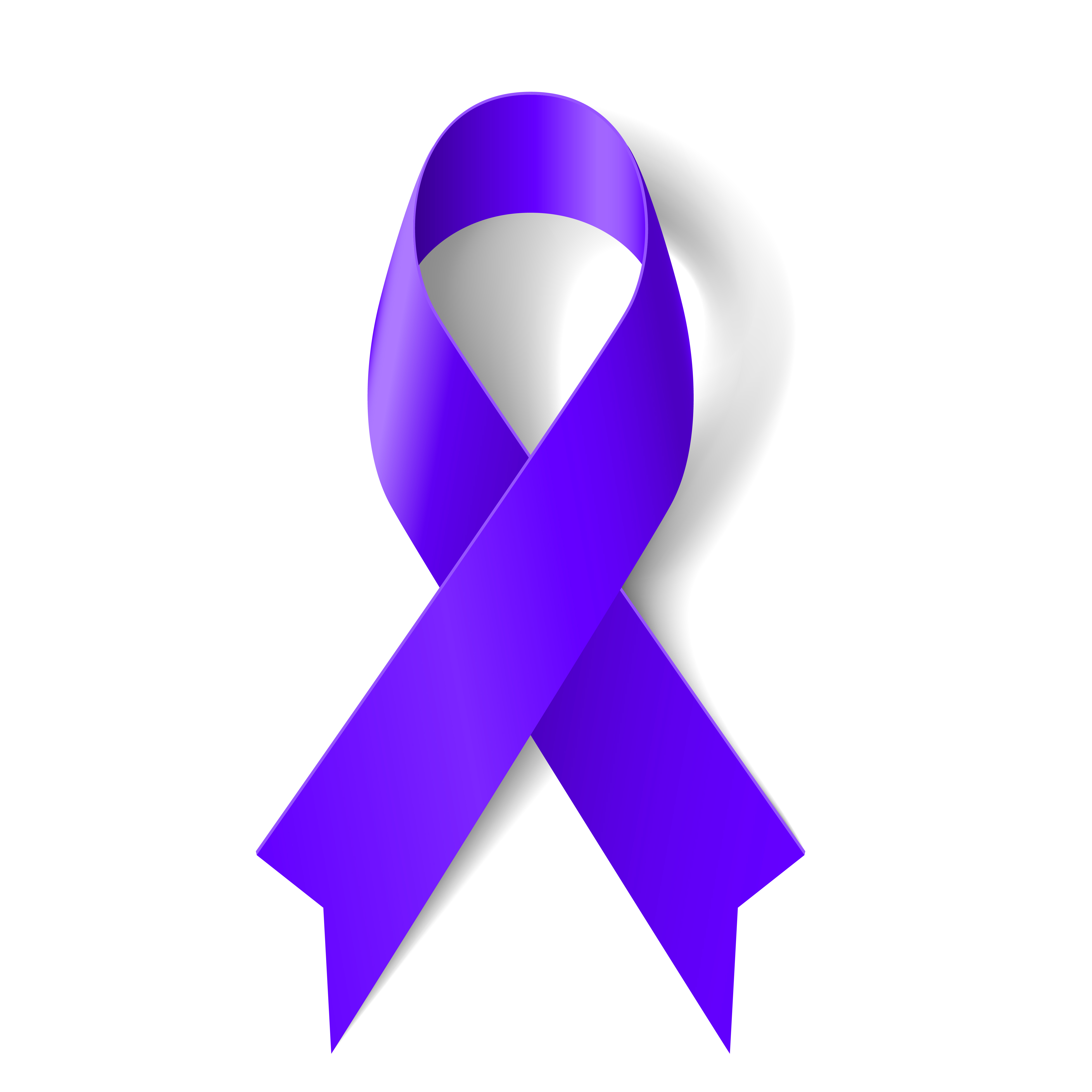
Most countries selecting WHO-recommended medicines for primary care and infectious diseases
More should select WHO-recommended specialty medicines, e.g. for cancer
WHO target: ≥ 60%
of consumption of antibiotics worldwide from “Access” group of the AWaRe classification

WHO target: ≥ 60%
of consumption of antibiotics worldwide from “Access” group of the AWaRe classification
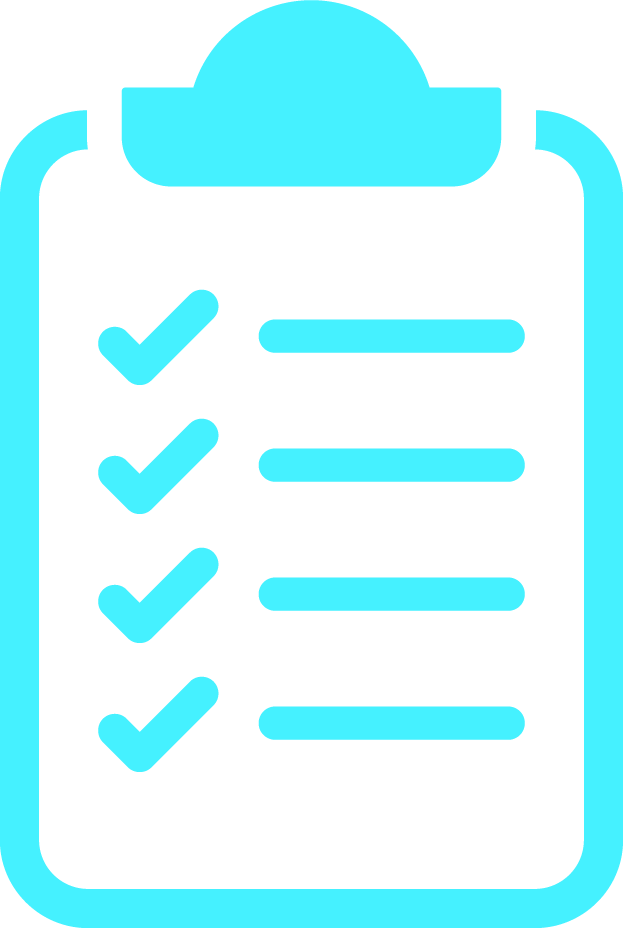
21st WHO model list of essential medicines comprises
460 medicines
- 1 in 4 medicines listed in 1977 are still essential
- 90–95% of all essential medicines are available as generics or biosimilars
1st WHO model list of essential in-vitro diagnostic comprises
113 diagnostics
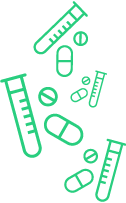
20th WHO model list of essential medicines and 16th WHO model list of essential medicines for children include the
AWaRe (Access, Watch, Reserve) classification of antibiotics,
after a comprehensive review, to support surveillance of antibiotic use and stewardship to promote adequate prescription practices

Global Action Plan on antimicrobial resistance – to
strengthen health systems to ensure more appropriate use
of and access to antimicrobial agents

19th WHO model list of essential medicines includes
first monoclonal antibodies
for treating cancer (e.g. trastuzumab, rituximab), after a comprehensive review of cancer medicines
100 developing countries receiving continuous supply of essential medicines to treat HIV and hepatitis B, as a result of a first agreement between the Medicines Patent Pool and a pharmaceutical company
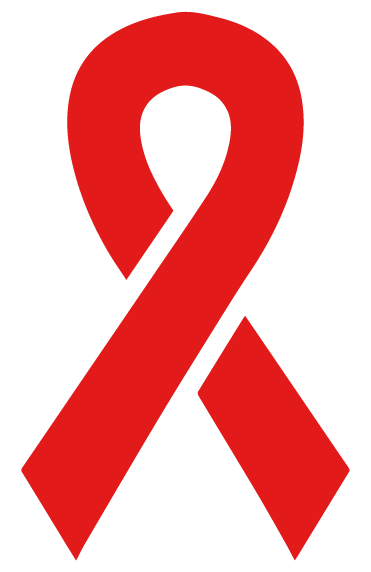
Voluntary licensing and patent pooling
for low- and middle-income countries facilitated by newly established Medicines Patent Pool
Almost 100% of donor-funded antiretroviral market comprises generics, saving hundreds of millions of US dollars

> 60 countries
procure large quantities of antiretroviral drugs at a lower cost by listing them as essential medicines and by enforcing the trade-related intellectual property rights (TRIPS) flexibility in the Doha Declaration

1st WHO model list of essential medicines for children comprises 119 medicines in appropriate dosages and formulations

WHO and UNAIDS launch the
“3 by 5” campaign
3 million people on antiretroviral treatment by 2005– as lack of HIV/AIDS treatment is declared a global health emergency

12th WHO model list of essential medicines includes
several antiretroviral drugs under patent

Right to health
recognized to include access to medicines in World Health Assembly resolution and the World Trade Organization Doha Declaration
Brazil, South Africa, Thailand and Zimbabwe led discussions on granting access to essential medicines for pandemics, such as HIV/AIDS, and recognizing that the right to health includes access to medicines
This legitimizes generic substitution, which provides momentum for countries to challenge excessive pricing by multinational pharmaceutical companies

11th WHO model list of essential medicines comprises
306 Medicines
156 official national lists
of essential medicines

Triple-drug therapy found to durably suppress viral replication of HIV to minimal levels, but
antiretroviral medicines available only sporadically |
in most countries
WHO action programme established to increase availability of essential medicines at primary health care level by strengthening countries:
- national capabilities in their selection, procurement, distribution and proper use and
- local production and quality control.
Sets the basis for guidance on centralized procurement and conditions to encourage local production
Kenya, South Africa, Sudan and Viet Nam are early adopters of the WHO quality system – training prescribers and drafting an initial list of 40 medicines to encourage pooled purchasing
World Health Assembly resolution endorses a model list of essential drugs
Alma-Ata conference identifies essential medicines as
one of eight key components of primary health care

